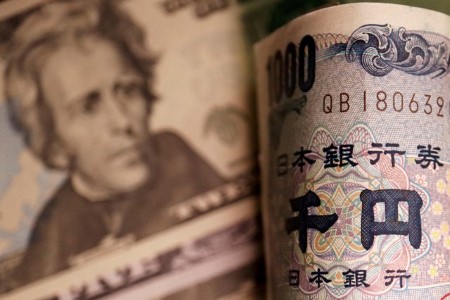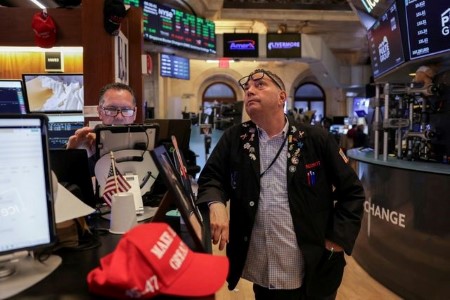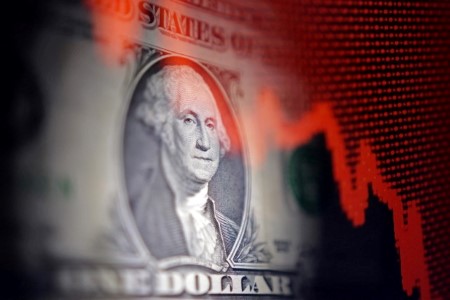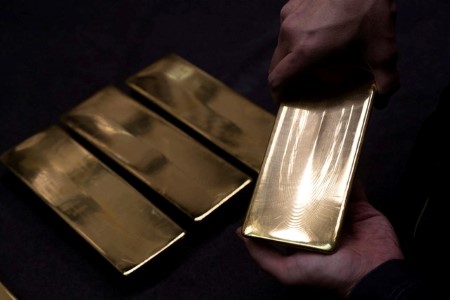The dollar sank to an almost seven-week low on Tuesday as investors braced for US data revisions that could show the jobs markets in worse shape than initially thought, shoring up the case for even deeper Federal Reserve interest rate cuts.
The dollar index fell to the lowest since July 24 in Asia trade to 97.344 ahead of the release of preliminary benchmark revisions for jobs data covering the period from April 2024 to March 2025. Economists anticipate a downward revision of as much as 800,000 jobs, which could signal that the Federal Reserve is behind the curve in efforts to achieve maximum employment.
“The employment numbers are getting worse and worse at a heavy rate,” said Alex Hill, managing director at Electus Financial in Auckland. “That’s translating into a weaker US dollar slowly, but we expect that to accelerate.”
Advisors to the Trump administration are preparing a report laying out the alleged shortcomings of the Bureau of Labor Statistics, which they may publish in coming weeks, The Wall Street Journal reported on Tuesday, citing unnamed sources.
Last month US President Donald Trump fired BLS Commissioner Erika McEntarfer, accusing her, without evidence, of faking the employment data.
US bond investors say they are seeing cracks emerging in the outlook, warning the market is underpricing long-term fiscal risks and the danger posed by White House pressure on the central bank to cut interest rates.
Traders are pricing in an 89.4% chance of a 25 basis point rate cut at the Fed’s September meeting and a 10.6% probability of a jumbo 50 basis point rate cut, according to the CME Group’s FedWatch tool.
Gold hovered not far from record highs, up 0.1% at USD 3,636.58.
The euro edged higher to USD 1.1774, just shy of the highest level since July 28 and up 0.1% so far in Asia. Its appreciation was restrained as France’s parliament brought down the government on Monday over plans to tame ballooning national debt, deepening a political crisis that is weakening the euro zone’s second-largest economy.
The European Central Bank is widely expected to hold rates at its policy meeting on Thursday.
The yen strengthened against the dollar, reversing weakness from Monday after prime minister Shigeru Ishiba resigned. The currency was 0.2% stronger at 147.22 yen and speculation turned to who could succeed him.
The Australian dollar fetched USD 0.6598, up 0.1% in early trade, while the kiwi traded 0.1% higher at USD 0.5943.
The offshore yuan traded flat at 7.1212 yuan per dollar, while sterling traded at USD 1.3556, up 0.1% so far on the day.
(Reporting by Gregor Stuart Hunter; Editing by Sam Holmes)







 DOWNLOAD
DOWNLOAD













